You are browsing the Blog for Extension.
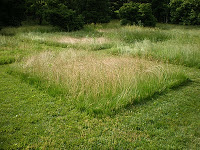
Studying Grass to Save Gas
Longwood Gardens and Penn State’s Turfgrass Program recently teamed-up to study several grasses and grass mixtures for use in reduced mowing situations. The project was initiated by Mr. Shawn Kister, Grounds Division Leader at Longwood Gardens (Penn State Turfgrass Science/Agronomy, class of 1995), as a means of reducing mowing and gasoline costs, yet still
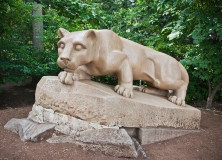
Pythium spp. selectively attacking Poa
In an old post on the Turf Disease Blog, I briefly mentioned a strange Pythium problem that has shown up over the last few years. A few superintendents in the New York Met and select regions in the mid-Atlantic and Northeast may have heard me speak about this at a local conference, but for the most part this problem is not a widespread problem.

Turf insect update from Danny Kline
Last week I received several reports of green June beetle activity. I’ve also had some reports of May/June beetle activity. Current weather conditions are very conducive for many insect species. Billbugs, May/June beetle grubs, and green June beetles all prefer hot dry weather. Unfortunately,
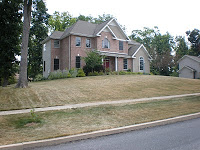
When lawns turn brown in July, the best thing to do is…….nothing.
Most Pennsylvania homeowners are seeing parched, brown grass as they step out their front door this first week of July. The lack of appreciable rain over the past few weeks coupled with low humidity and high temperatures have set the stage for a long, tough summer for lawns.
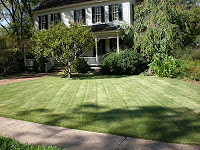
Turfgrass Deemed Largest ‘Crop’ in Chesapeake Bay Watershed
A recently released report from the Chesapeake Stormwater Network entitled The Clipping Point: Turf Cover Estimates for the Chesapeake Bay Watershed and Management Implications, indicates that turfgrass may be the largest single ‘crop’ in the Chesapeake Bay watershed, exceeding total

Insect Update from Danny Kline, June 24
Last Friday, we recovered our first northern masked chafers from our black light trap. Last night, we collected

PA Turfgrass Council Donates $130,000 to Turfgrass Program
The Pennsylvania Turfgrass Council (PTC) is a non-profit organization who's mission is to raise funds to support education and research activities of Penn State's Turfgrass Program. Since its inception,

Insect Update from Danny Kline
Right now, Pennsylvania golf course superintendents are seeing the first generation of annual bluegrass weevil adults emerge. In samples taken yesterday we had mostly 5th instar larvae, some pupae, and some teneral adults (adults that have just emerged and are white, since the blood has not fully entered their wings causing them to turn a darker color).
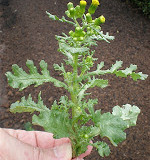
Weed of the week: Common groundsel (Senecio vulgaris L.)
Common groundsel is one of the most prevalent weeds found in flower beds, around building foundtions and fence posts, and in lawns during May and June in Pennsylvania. This weed grows best in moist, fertile soils; but also persists in poor quality soils and in waste areas.
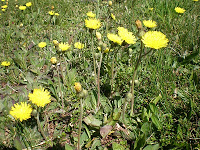
Weed of the week: Yellow hawkweed (Hieracium pratense Tausch)
While driving through Berks County in southeastern Pennsylvania last week, I noticed patches of yellow flowers blooming in many lawns, cemeteries, and other low maintenance turf areas. At first glance these flowers looked like dandelions, but upon closer inspection, I noticed they had all the characteristics of yellow hawkweed.